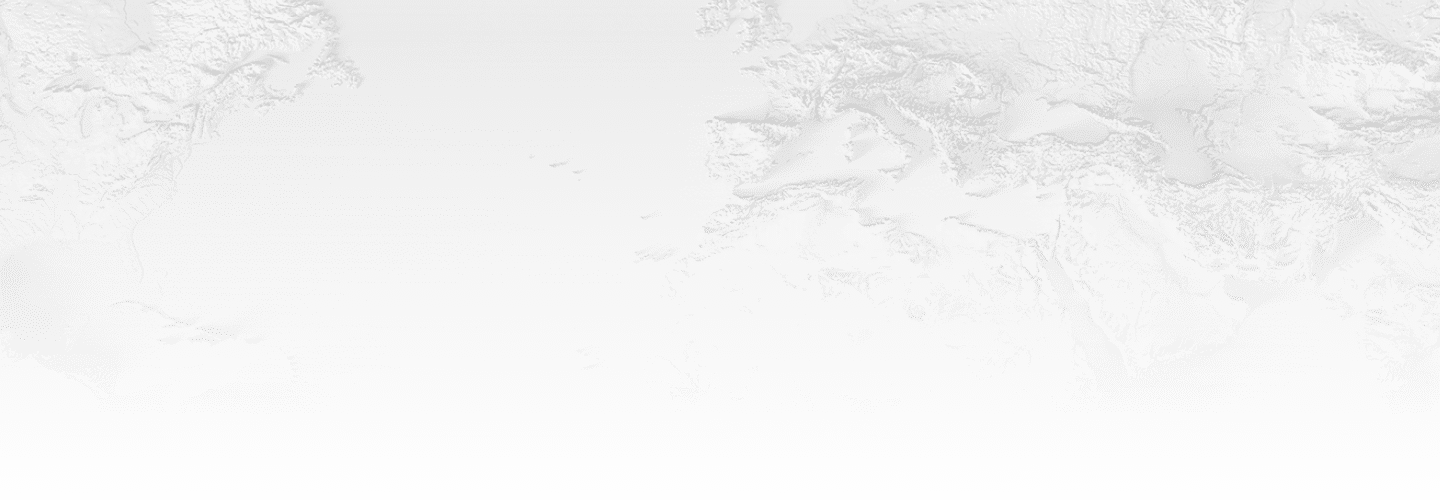




Remote sensing data powers mangrove conservation efforts.
Remote sensing data can play a major role in changing the fate of the world’s rapidly declining mangrove forests. Satellite images and maps are powerful tools to communicate mangrove threats and values, offering an opportunity to raise the profile of this important ecosystem in policies for climate and development and to provide critical information to help prioritize, plan and monitor conservation action.
With support from COmON Foundation, The Nature Conservancy and Wetlands International are working with Aberystwyth University, NASA, JAXA and other partners to test a beta version of the Global Mangrove Watch platform, populating it with standard mangrove distribution and monitoring information, carbon values and other data.
Thriving mangroves are key to the health of nature and effective climate action. Global Mangrove Watch (GMW) is an online platform that provides the remote sensing data and tools for monitoring mangroves necessary for this. It gives universal access to near real-time information on where and what changes there are to mangroves across the world, and highlights why they are valuable.
With hi-res information on topography, soil conditions and hydrology, Global Mangrove Watch gives coastal and park managers, conservationists, policymakers and practitioners the evidence needed to respond to illegal logging, pinpoint the causes of local mangrove loss and track restoration progress. It is a tool that can help mangroves be central to climate mitigation, adaptation and sustainable development plans and policies.



Defenders of wetlands: safeguarding biodiversity, promoting sustainable management, advocating conservation.